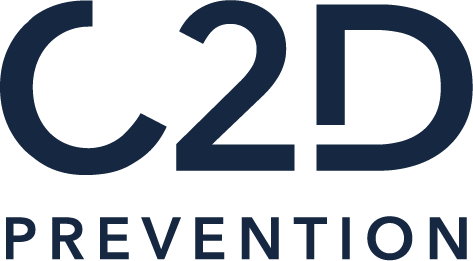WORKSHOP
Legal Roles & Responsabilities
Understand the legal and regulatory framework.

This workshop aims to shed light on the legal and regulatory framework governing occupational health and safety.
By providing employers and managers with a clearer understanding of their obligations and the stakes involved, they can better anticipate risks and implement appropriate measures to ensure a safer working environment.
Through case studies (jurisprudence), interactive discussions, and experience sharing, we highlight best practices and essential strategies that help businesses better understand their responsibilities and foster a truly effective safety culture.
OBJECTIVE
CONTENT
- Case studies: accidents, legal proceedings, and case law
- Topics covered: laws and obligations related to prevention and workplace safety, roles and responsibilities of company stakeholders, DUERP (Single Document for Workplace Risk Assessment)
- Sharing of experiences and best practices
FORMAT
- Coaching : interactive discussions, role-playing, case studies
MAKE PREVENTION A REFLEX!
REGISTER YOUR COMPANY NOW
and ensure a safer work environment for everyone!
Depending on the time available
Workshop Programme
1Understanding the Health and Safety Regulatory Framework
- Key laws and obligations relating to workplace safety
- Rights and duties of employers and employees
- Legal and human consequences of non-compliance
- Distinction between legal obligations and additional best practices for optimal safety
2Identifying Risks and Responsibilities in the Workplace
Each stakeholder plays a key role in risk prevention:
- Identifying and assessing occupational hazards: What are the implications for the business?
- Concrete case analyses of compliance failures and their consequences.
- Specific responsibilities of managers, employees, and the organization .
- The link between working conditions and performance: how a proactive approach to safety can enhance productivity and corporate image.
3Risk Prevention: Tools and Best Practices
- Developing a proactive safety approach
- Using reference documents (risk assessment documents, mandatory training, internal procedures).
- Involving every employee in building a safety culture.
4Civil and Criminal Liability of Employers and Employees
- The difference between gross negligence and inadvertent fault.
- Potential sanctions and their impact on businesses and individuals.
- Legal precedents illustrating the real-world implications.
- How to anticipate and respond during inspections or legal proceedings.
- Case studies showing legal risks due to lapses in workplace vigilance.
5From Theory to Practice: Group Discussion and Application
An interactive session for testing knowledge and exploring practical solutions:
- Analysing workplace incident scenarios and identifying errors.
- Group work to develop effective preventive measures.
- Sharing experiences and good practices.
- Debrief on common pitfalls and the right reflexes to adopt for daily risk prevention.
Why choose
this Workshop ?
Key Benefits
for Your Organisation:
Reduced Legal and Financial Risk
Better knowledge of legal obligations helps avoid sanctions and litigation.
- Examples of real penalties imposed on businesses for non-compliance.
- How to anticipate legislative changes and prepare for regulatory inspections ?
Improved Safety and Workplace Atmosphere
An informed and trained workforce is better protected, contributing to a safer and more positive work environment.
The importance of continuous training and internal audits to maintain high safety standards
Clearer Understanding of Current Regulations
Well-informed companies can adapt their practices and better meet legal expectations.
- Tools and strategies for effective legal watch to stay ahead of regulatory changes
- The value of creating a legal monitoring unit and delivering regular training
Greater Team Involvement and Accountability
Every employee becomes a key player in workplace safety and understands the impact of their engagement.
- Internal communication techniques to maintain awareness and interest.
- Creating internal safety committees with active team participation.
Accident Prevention and Enhanced Performance
A safe working environment supports efficiency, motivation and long-term operational success.
- The link between well-being and lower accident rates:
data demonstrating the benefits of a strong safety culture - Research on the positive correlation between risk prevention and productivity
Conclusion: A Must-Have Workshop for a Safe and Proactive Organisation
This workshop is an opportunity for any company to understand its legal obligations and adopt a proactive approach
to occupational health and safety.
It goes beyond theory to offer practical insights and real-world examples, tailored to the specific needs of each sector.
It forms part of a broader commitment to awareness and continuous improvement, incorporating latest regulatory developments and innovations in workplace risk prevention.
